World’s Most Creative Buildings
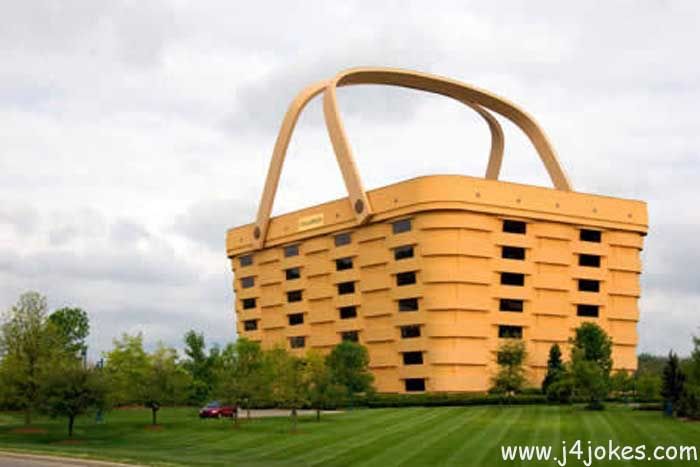
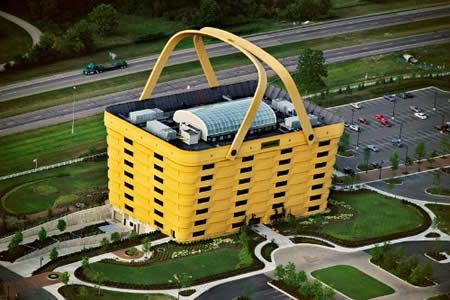
The Dancing House (Czech Republic)
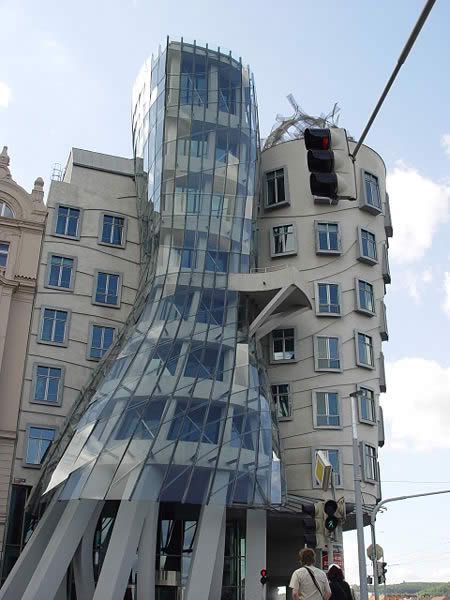
The Dancing House is the nickname given to an office building in downtown Prague, Czech Republic. It was designed by Croatian-born Czech architect Vlado Milunic in co-operation with Canadian architect Frank Gehry on a vacant riverfront plot (where the previous building had been destroyed during the Bombing of Prague in 1945). The construction started in 1994 and was finished in 1996.
The very non-traditional design was controversial at the time. Czech president Vaclav Havel, who lived for decades next to the site, had supported it, hoping that the building would become a center of cultural activity. Originally named Fred and Ginger (after Fred Astaire and Ginger Rogers – the house vaguely resembles a pair of dancers) the house stands out among the Neo-Baroque, Neo-Gothic and Art Nouveau buildings for which Prague is famous.
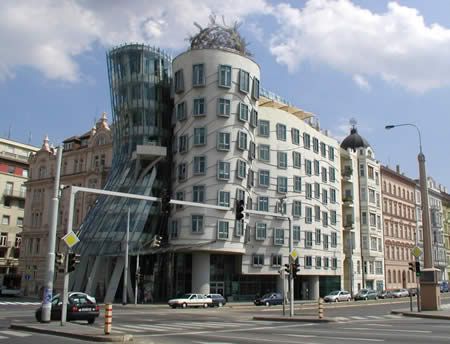
On the roof is a French restaurant with magnificent views of the city. The building’s other tenants include several multinational firms. (The plans for a cultural center were not realized.) Because it is situated next to a very busy road it depends on forced air circulation, making the interior somewhat less pleasant for its occupants.
The Piano House (China)
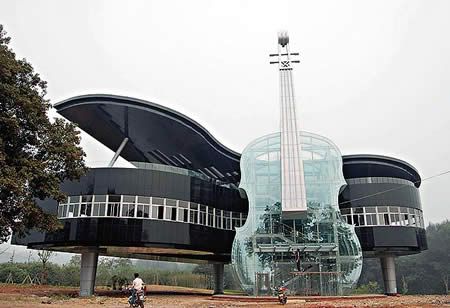
This unique piano house was built recently in An Hui Province, China. Inside of the violin is the escalator to the building. The building displays various city plans and development prospects in an effort to draw interest into the recently developed area.

Kansas City Library (United States)
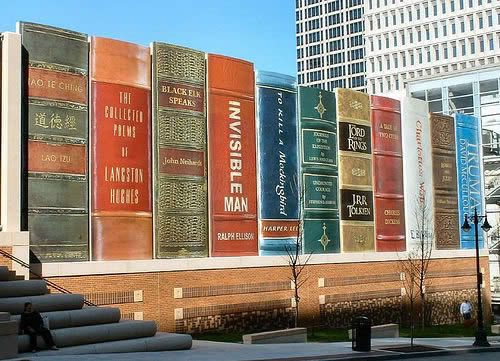
Kansas City Library has one seriously cool façade. Local residents were asked to nominate influential books that represent kansas city, humungous versions of the winning nominations were then used as the exterior of the library car-park.
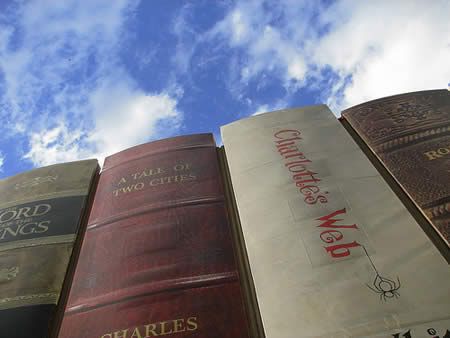
The Robot Building (Thailand)
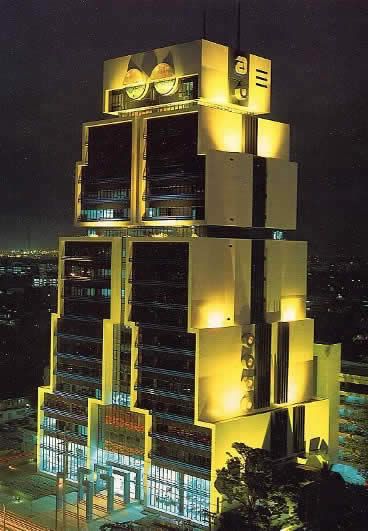
The Robot Building, located in the Sathorn business district of Bangkok, Thailand, houses United Overseas Bank’s Bangkok headquarters. It was designed for the Bank of Asia by Sumet Jumsai to reflect the computerization of banking; its architecture is a reaction against neoclassical and high-tech postmodern architecture.
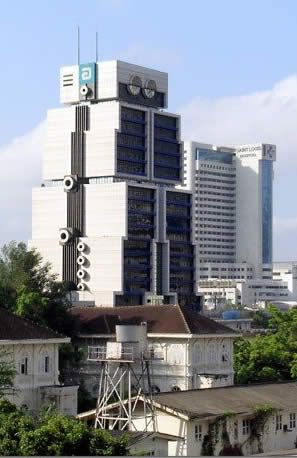
The building’s features, such as progressively receding walls, antennae, and eyes, contribute to its robotic appearance and to its practical function. Completed in 1986, the building is one of the last examples of modern architecture in Bangkok and has garnered international critical acclaim.
The Blue Building (Netherlands)
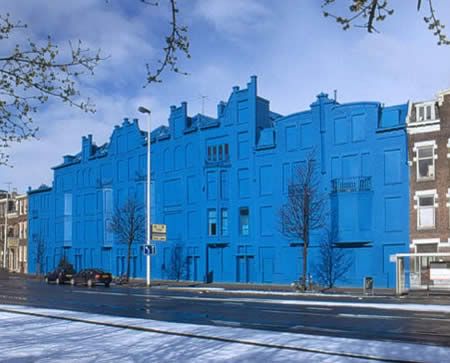
The borough of Delfshaven, Rotterdam, asked Schildersbedrijf N&F Hijnen to come up with a plan for a block of derelict buildings, which will eventually be demolished. The agreement with the neighbourhood is that the block will remain blue as long as there isn’t a new plan for the area.
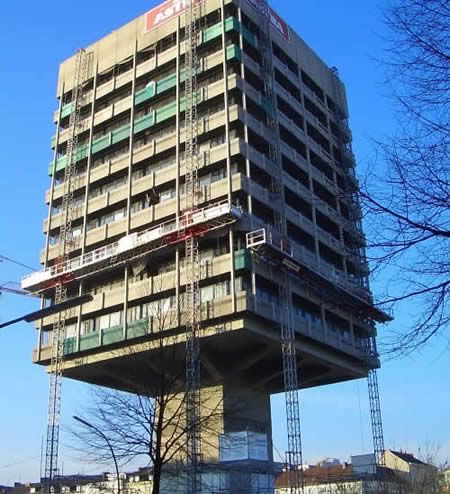
This was once one of the most unseen blocks of houses in Rotterdam, and by applying a layer of only 2 micron of blue paint onto it, it became Rotterdam’s most photographed one.
The Astra House (Germany)
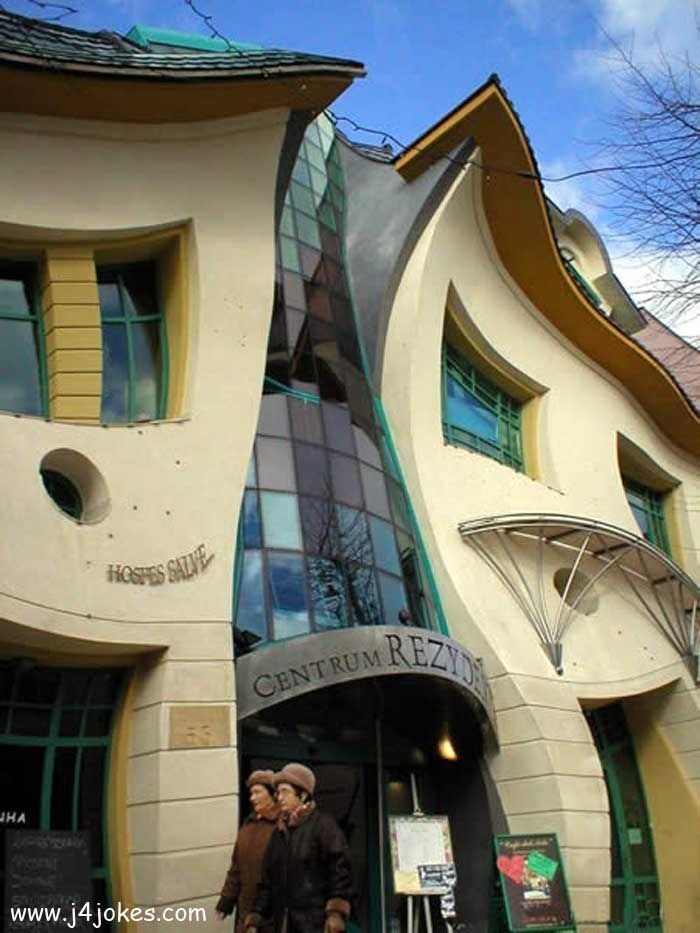
The Crooked House (Poland)
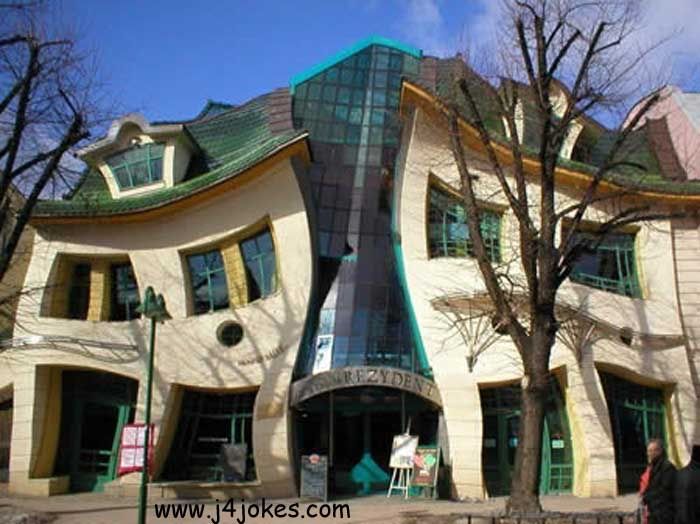
Polish architect of the Crooked House, Szotynscy Zaleski, was inspired by the fairytale illustrations of Jan Marcin Szancer and the drawings of the Swedish artist and Sopot resident Per Dahlberg. The most photographed building in Poland, the 4,000 square meter house is located in Rezydent shopping center in Sopot, Poland.
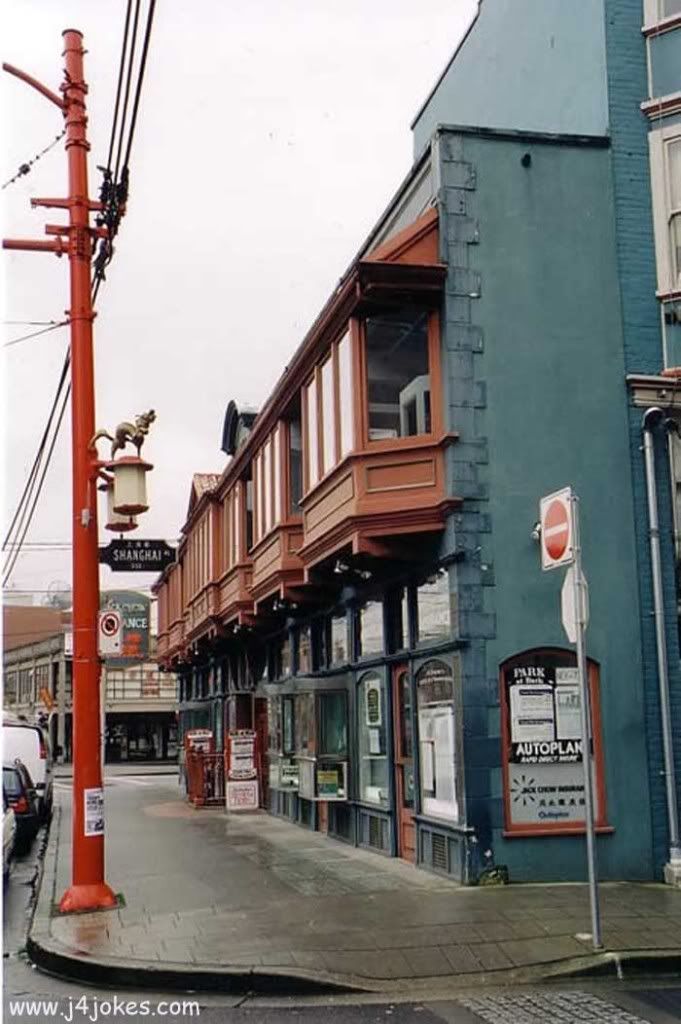
Sam Kee Building: six feet deep, world’s thinnest (Canada)
The Sam Kee building is situated at 8 West Pender Street. It runs from the corner of Pender and Carral to the lane at the halfway point of the block. It is two storeys tall and 1.5 meters (six feet) deep. The story behind the building is as exotic as the structure with several intriguing twists and turns included in its telling. The City of Vancouver provided the original owner, Chang Toy, with a challenge when it expropriated all but two meters of his property as part of an expansion of Pender Street. No compensation was provided to its owner who was left with what most believed to be a useless property. In a creative turn of events fuelled by spite and some say a bet an architect was hired to design a building to fit the remaining property. The rest is history in more ways than one.
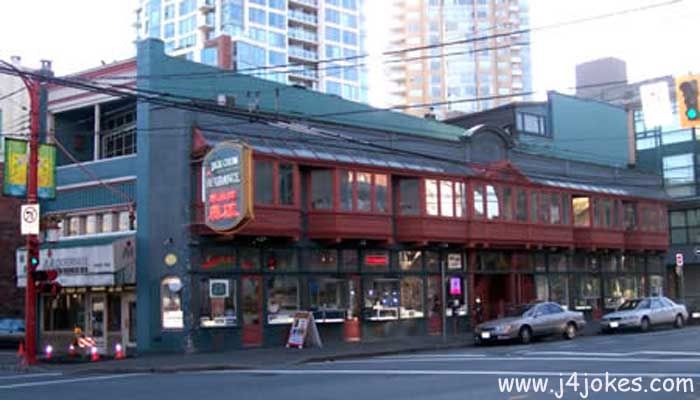
This building was home to 13 businesses at one time. It was the only place in Chinatown for residents to enjoy hot baths. There is a tunnel beneath the building that was used as an escape route from raids on Opium dens situated on neighbouring Shanghai Alley. The building is also fronted by the only remaining glass sidewalk in Chinatown. As part of the ongoing history of this structure, issues still arise between the owners and the city with respect to encroachment and overhangs. In spite of each side having an element of right it seems to boil down to the proverbial “tit for tat”. It makes for an interesting study in civics.
World’s Most Creative Buildings
